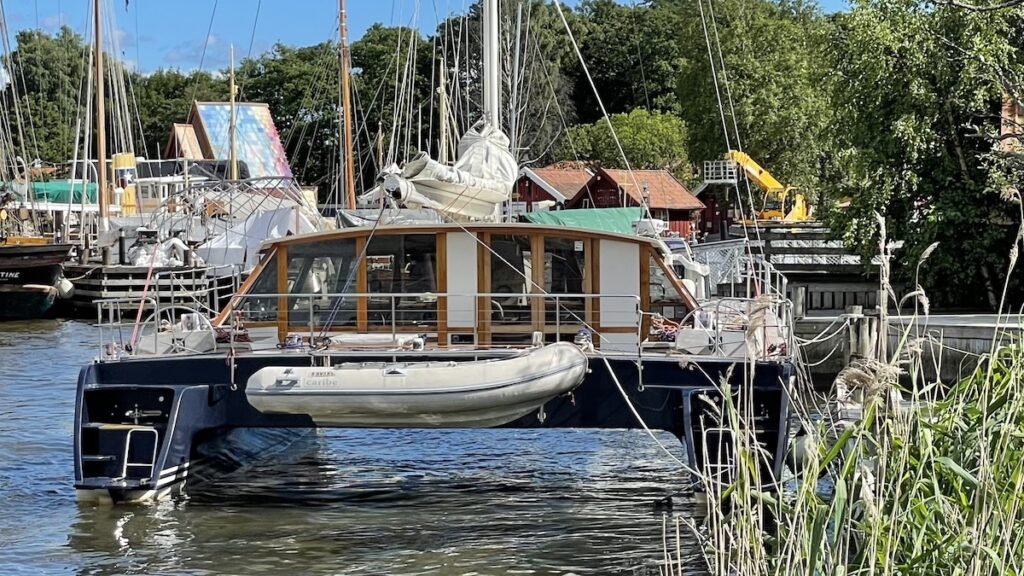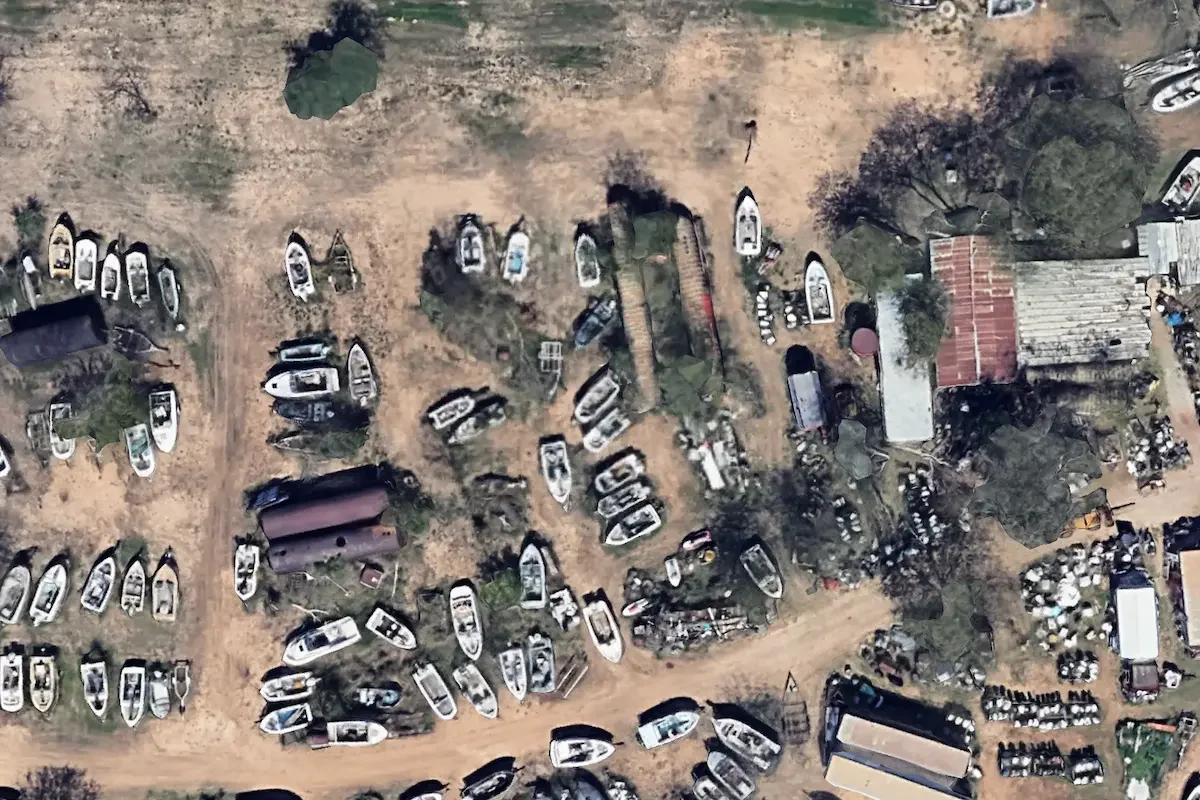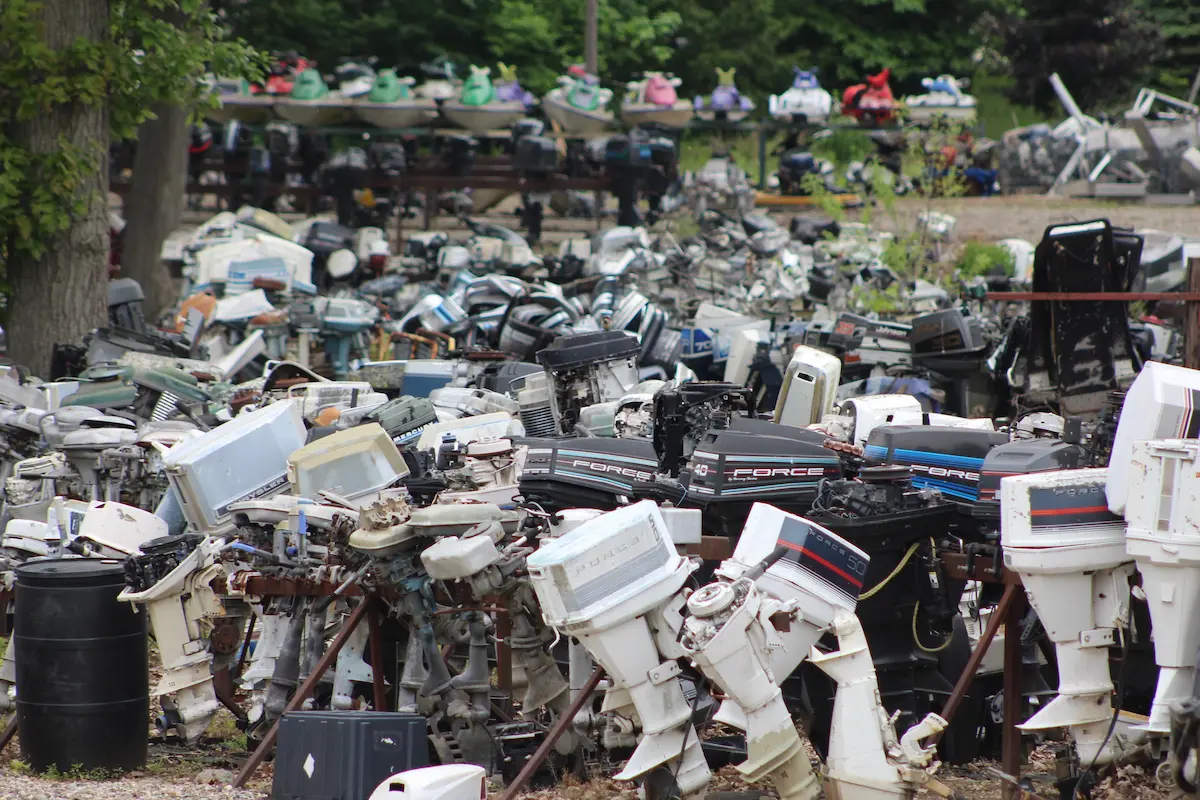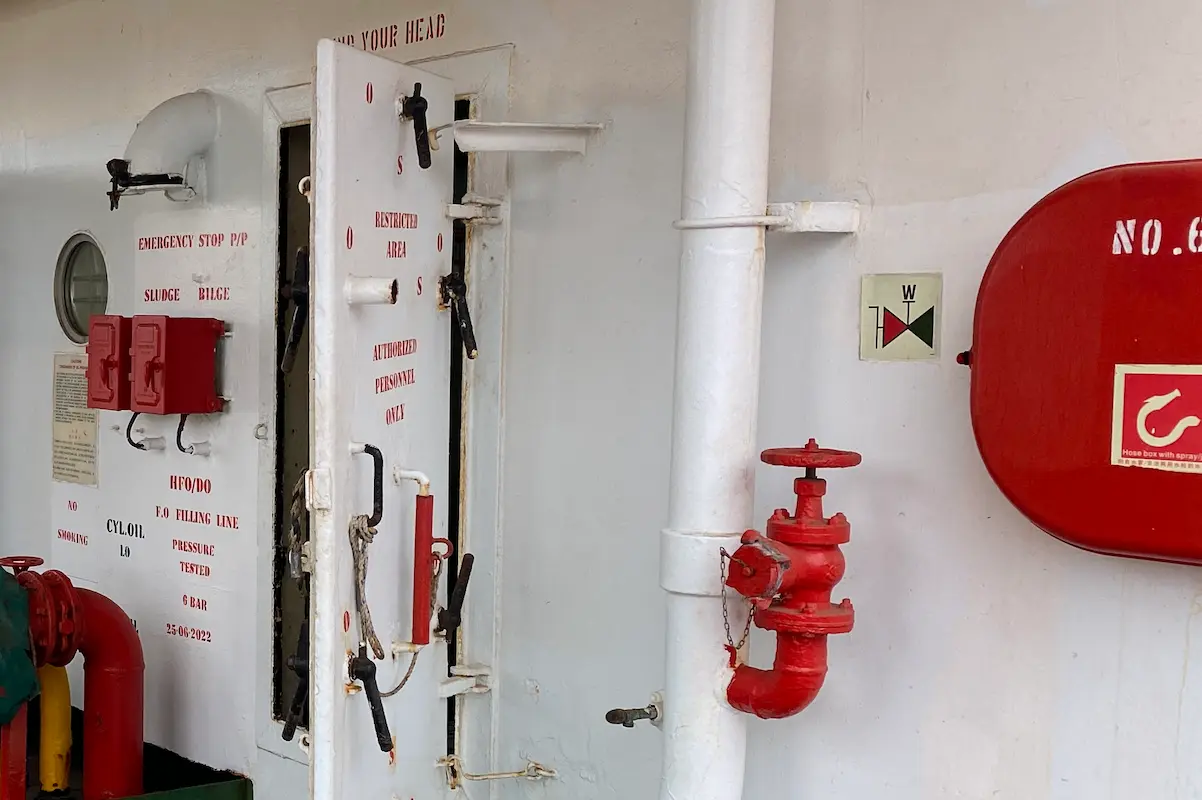Catamarans are boats with two connected hulls that are joined by a bridge. Because they are faster, more stable, and capable of carrying larger cargo than their monohull counterparts, catamarans are growing in popularity.
As a result, designers and owners have greater freedom to accommodate space needs in terms of size and usefulness than they would with single-hulled vessels.
The name catamaran came from the Tamil word “kattumaram” which basically meant “logs which were bound together”. These traditional watercraft were basically used on the south coast of India and Srilanka. They were dated back to as early as the 5th century when they were used to transport troops from one island to another.
Let us get into more details to learn more about the different types of catamarans and their functions.

What are the different types of catamarans?
Catamarans are mainly divided into two categories: sailing and power catamarans, however, both categories can be split into smaller groups by their size and use.
Sailing catamarans
These types of catamarans are mainly propelled with help of sails. The sails act as wings with which the vessel moves forward with the help of wind energy. The sailing catamarans have advanced significantly in recent years in terms of both design and performance attributes. Sailing catamarans are further subdivided based on their dimensions and functions and are classified into,
Small, mini, or sports catamarans
Depending on the size, these are also known as leisure catamarans and can carry a load of 6 persons on average. You’ve definitely seen some of them speeding through your local beach waters on hot, sunny weekends; some of them are made to be driven by one person. Those designed for use in sports have a trapeze that enables one to hike out and serve as a counterweight.
Small-day sailing cats are well-liked because they offer a secure and straightforward learning environment, and you can see fleets of them in resorts where guests with little to no sailing experience utilize them. These little cats are often made of roto-molded plastic or fiberglass, and as they frequently lack auxiliary motors, sails are their only means of propulsion
A trampoline that spans the two hulls of the sports catamarans acts as a bridge so that individuals can move from one to the other without falling into the water. They may be launched and landed from a beach as opposed to a dock because of their modest size. They have a rotating mast and a mainsail with full-length battens.
Cruising Catamarans
In the worlds of long-distance cruising and bareboat chartering, larger cruising cats have dominated. These are more stable than their monohull competitors, allowing them to securely transport people across continents. These are more stable than their monohull competitors, allowing them to securely transport people across continents.
For maneuverability, charter cats frequently have two engines—one in each hull—as well as a mast that holds a mainsail and at least one headsail.
Nowadays, cruising catamarans are more widely available than monohulls at bareboat charter firms with tropical bases, and those numbers are rising in places like the Mediterranean.
Power catamarans
Power catamarans, often known as “multi-hull powerboats” or “power cats,” are vessels without masts or sails but with larger and more powerful engines. They can be the most perfect choice for your first boat if you enjoy offshore fishing or other water sports. You get a great balance of performance, stability, and maneuverability with these powerboats. Power cats come in a range of different sizes and shapes. In terms of dimensions and functions, they are also divided into,
Center console fishing catamarans
The fishing industry is flooded with smaller power cat brands, while bareboat charter and cruise platforms are seeing the emergence of larger ones. The multi-hull performance boat frequently has a center console driver layout. They can reach higher top speeds thanks to their higher horsepower, but these cats also need to be strengthened hulls to support the weight and power of these engines.
When used for fishing, normally lesser than 50 ft, there are several options available for live wells, rod holders, gear storage, and built-in coolers for both fish and beverages. Depending on the length and design elements of the boat, certain consoles may locate closer to the bow or aft of the vessel.
Offshore powerboat racing catamarans
Offshore powerboat racing is the aquatic equivalent of off-road auto racing. Since its inception in the late 1960s, offshore racing has changed drastically.
Though V-bottom powerboat classes still exist, twin-engine catamarans with top speeds of 170 MPH in the most powerful classes dominate the sport.
The offshore race course may be the most dynamic setting in all of the motorsports because of the constant fluctuations in a swell, wind, tide, current, and other factors. The track might abruptly change from being friendly to antagonistic.
These boats are designed and built such that they are both lightweight but extremely strong using the most advanced materials like carbon fiber and Kevlar. Manufacturing methods such as infusion are adopted to make sure the properties of the materials are not lost during the production stages.
Motor yachts and ferries
For their roominess and speed, catamaran designs have also become popular among motor yachts and commercial passenger ferries. These cruise-centric yachts offer homelike livability for avid travelers, are fuel efficient, and are fairly intuitive to run.
Motor yacht catamarans have been designed with larger living spaces in mind, as well as more outdoor recreation places. The huge fly bridges provide additional space for relaxing and socializing, and electric boat davits make lifting the dinghy simple. Daily tasks like cooking can be done with ease because catamarans don’t heel.
Why Is There A Shift In Trend From Monohulls To Catamarans?
Recently, more and more often you can find catamarans in the harbors of large cities and small resorts. It can be unequivocally argued that catamarans are gaining popularity among both beginners and experienced sailors and even celebrities. But what makes them gain this popularity?
Catamarans In Terms Of Function And Utility
The enormous interior space expansion can provide the owners considerably more freedom to select furnishings without regard to size limits and more room for additional appliances like washers and dryers, which can make life on board much easier.
Due to their broader decks and roomier interiors, catamarans are frequently employed as party boats. The deck can accommodate more people without giving them the impression of being crammed into a small space.
In terms of storage, catamarans offer more alternatives than monohulls because both hulls can serve a variety of purposes, increasing the vessel’s overall capacity as well.
Catamarans are typically utilized as party boats since they have bigger deck spaces and greater room for movement. The deck can also accommodate more people without giving them the impression of being confined in a small space.
If any equipment breaks down, there is always a backup. For instance, if one of the engines on the port hull fails, we can always use the starboard engine to re-enter landfall. Likewise, if a generator breaks down, there is always a second generator that can be utilized as a backup.
Catamarans In Terms Of Performance And Stability
Due to the narrow hulls of catamarans, which serve to reduce drag forces, they frequently outperform monohulls. On performance power catamarans, the area in between the two hulls known as the “Tunnel” is built in a similar way to an aerofoil so that it behaves like a wing, boosting the aerodynamic lift forces and enhancing the overall effectiveness and top-end speeds of the craft.
Due to their stronger lift forces and lower water friction than monohulls, catamarans typically have a better fuel economy. This is because the strain placed on the engines as a whole is reduced, resulting in less fuel being used.
In terms of roll stability, catamarans are often more stable than monohulls. This offers them an advantage in terms of comfort and the ability to carry out various activities onboard the vessel with ease, as well as lowering the possibility of passengers falling on board. Because they are less likely to make passengers seasick, catamarans are typically used as ferries or passenger ships.
Catamarans provide a more comfortable ride whether they are in shallow water, deep water, or at anchor; they have a decreased chance of keeling over or capsizing in heavy winds.
Also, catamarans have a much lower draft when compared to their mono hull counterpart’s allowing them to easily ply over shallower waters.
What Are The Potential Drawbacks Of Catamarans?
Catamarans have a few minor limitations, much like any other kind of boat:
Finding dock space is frequently challenging and expensive for catamarans because they take up more room.
Power and sailing cats can both smash into the bridge deck when heading to the weather because of the way that they are built.
Additionally, because they have two hulls instead of one, sailing cats can’t necessarily aim as high into the wind as monohulls can.
Overall, a catamaran allows for greater speeds, but at the expense of much-reduced vessel control. Knowing when to accelerate and when to slow down is difficult when sailing a catamaran. A catamaran can be readily overturned in sea conditions that a monohull can maneuver securely in.
Finally, while it may be alluring to add more weight in a catamaran due to the space it provides, doing so will almost certainly degrade the performance of either power or sailing cat—something that is less of an issue on their monohull counterparts.
Summary
Catamarans are a growing trend due to their better advantages over their monohull counterparts. Despite having an ancient fundamental design, catamarans are a modern boating alternative that can be used by any boater for both commercial and leisure uses.
- 11 Boat Salvage Yards in Texas – January 18, 2025
- 7 Boat Salvage Yards in Michigan – January 15, 2025
- Fire Hose SOLAS Requirements, Regulation 10: Ensuring Maritime Safety – January 9, 2025



